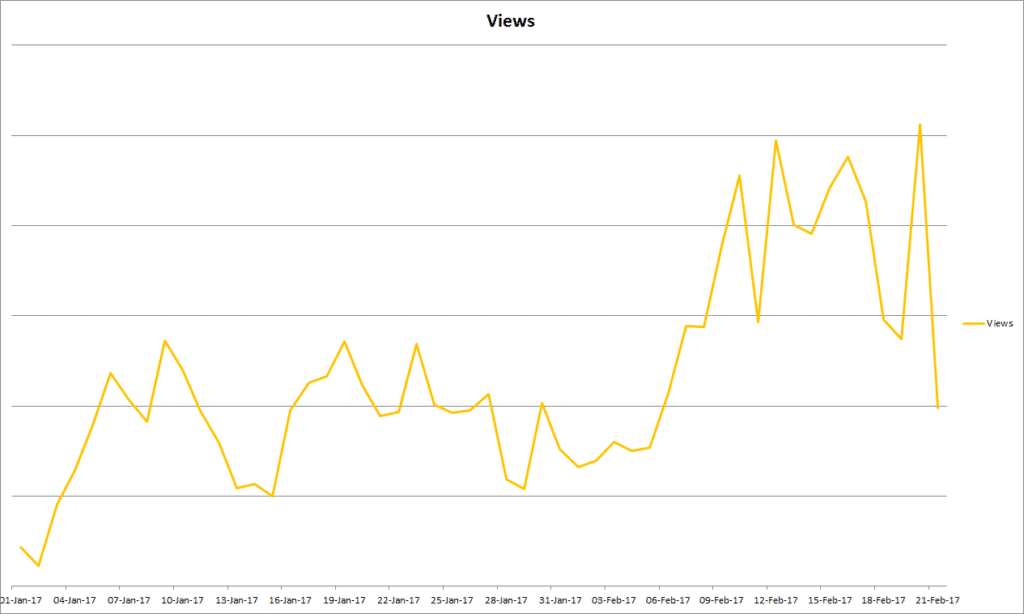3 Tips For Targeting Sports Fans Around The Super Bowl
The Super Bowl may be over, but there’s still plenty to learn from 2017’s Big Game if advertisers want to score a touchdown next year.
This year’s batch of Super Bowl ads caused quite a stir, thanks to some openly political campaigns, and some very impressive stunts. In fact, Hyundai’s spot was such a success that it topped our Super Bowl Effectiveness Chart – attaining an EQ score of 6.1 and causing a strong emotional response in 62% of viewers.
But as the cost of Super Bowl TV spot continues to rise – this year it was reported that it cost an average of $5m for 30 seconds of airtime – more brands are embracing digital strategies with longer tails.
So what can they do to reach sports fans more effectively?
In order to see how brands can plan for global sporting events like the Olympics and Super Bowl, Unruly took a deep dive into our first-party ad calls data through programmatic video platform Unruly Activate.
We took a look at the number of global views from Jan 1 to Feb 20, to understand when people are engaging with sports and American football content and how advertisers should target them.
Here’s what we found:

1) Views slowly ramp up after the Xmas lull
Interest in the Super Bowl and sports coverage ramps up after the Christmas/New Year period – and brands can achieve cut-through by making sure their campaigns are ready to go in the weeks leading up to Super Bowl Sunday.
2) And they peak the week after Super Bowl
Our Unruly Activate data shows that views peak the week following Super Bowl Sunday. In fact, we can see there was a definite lull on the day itself, with viewers instead focusing their attention on the Big Game – and presumably waiting to read analysis and coverage in the following days. Advertisers and brands should avoid cutting their campaigns short too early, and capitalise on the post-game interest.
3) But there’s a steep drop off after 12 days
Viewing figures drop back to normal roughly 12 days after the Super Bowl, so brands should be wary about overstaying their welcome by distributing content that is no longer relevant to their audience.
